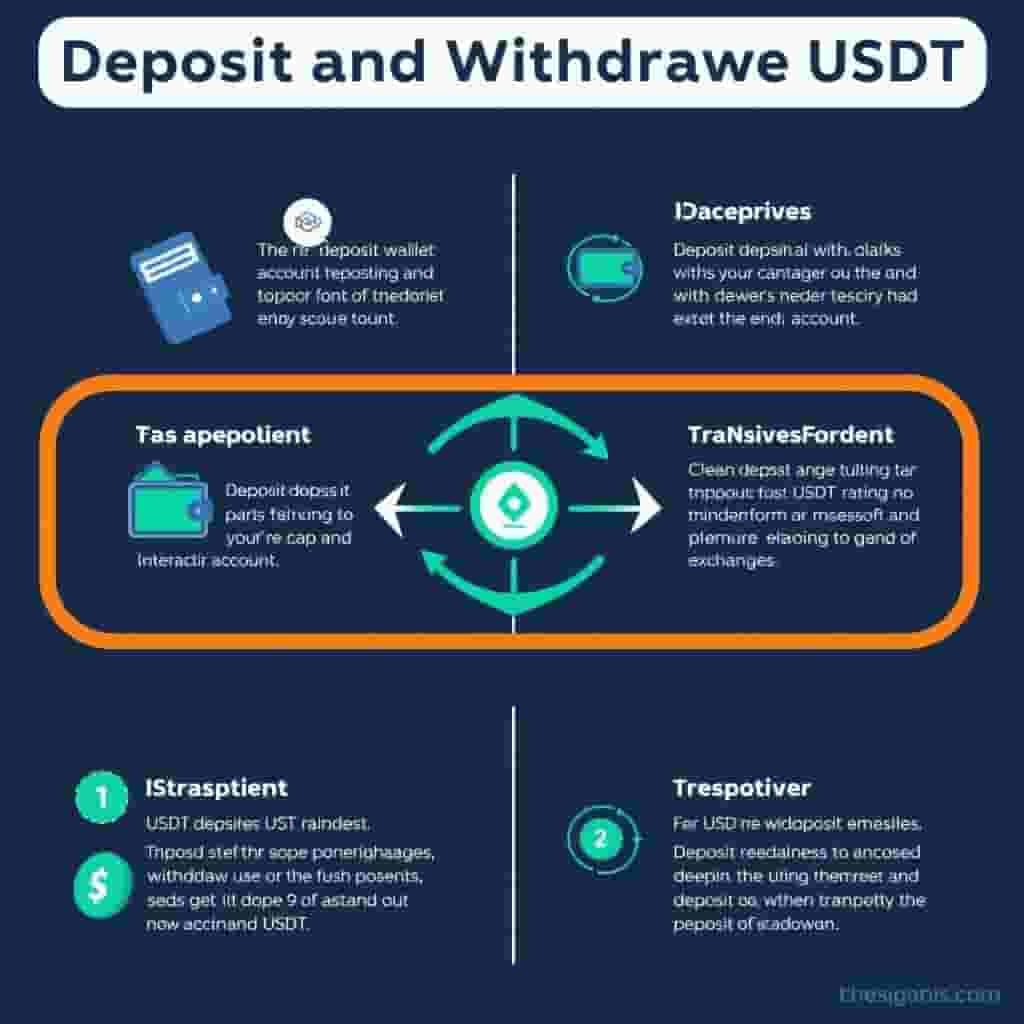Understanding Cryptocurrency Fundamentals | From A to Z
- 未命名
- 2025/10/02 07:21:05
- 0
A quick, decision-ready rundown
Understanding Cryptocurrency Fundamentals - From A to Z
Imagine you're at a coffee shop in 2023, and you overhear a conversation about a new digital currency called Bitcoin. The chatter is buzzing with excitement, but you're left scratching your head. If you've ever found yourself in this situation, you're not alone. Cryptocurrency can seem like an alien concept, but it's increasingly becoming part of our financial landscape. Here’s a quick guide to help you navigate the basics.- Cryptocurrencies are digital or virtual tokens. They use cryptography to secure their transactions and to control the creation of new units.
- Blockchain technology underpins most cryptocurrencies. This decentralized ledger ensures transparency and security without the need for intermediaries like banks.
- Cryptocurrencies can be used for peer-to-peer transactions. No need for traditional banking systems; you can send and receive funds directly with just your wallet address.
- Value fluctuates based on supply and demand. Prices of cryptocurrencies are influenced by market forces similar to traditional assets like stocks or commodities.
- Security through encryption makes it difficult to counterfeit or double-spend. Each transaction is verified through complex algorithms, ensuring that each token is unique and not duplicated.
How it Works
- Create a wallet. This is where you store your cryptocurrencies. Think of it as a digital bank account, but without a traditional bank.
- Pick a cryptocurrency. There are numerous options such as Bitcoin, Ethereum, or newer coins like Dogecoin. Each has its own features and uses.
- Purchase or mine the cryptocurrency. You can buy cryptocurrencies through exchanges or mine them using powerful computers to solve complex equations (though this requires significant resources).
- Send and receive payments. With your wallet, you can send or receive cryptocurrencies directly from anyone else with a wallet address. No need for intermediaries!
- Secure your wallet with a strong password and 2FA (Two-Factor Authentication). This helps protect your funds from theft or unauthorized access.
- Diversify your investments if you decide to trade or hold multiple cryptocurrencies. Like investing in different stocks or assets, diversification can help manage risk better.
Examples
"I recently bought some Ethereum for my friends’ birthday presents," said Sarah, who used her mobile phone to purchase and send the coins via an app. "It’s been a fun way to get involved in the crypto world without needing much technical knowledge."
In another scenario, John, an entrepreneur, set up an online marketplace using smart contracts powered by Ethereum. He could automate payments and manage agreements without relying on lawyers or other intermediaries, streamlining his business processes significantly.

Question
<b>Answer: </b>Cryptocurrencies offer several benefits such as reduced transaction fees, faster global transactions, and greater privacy compared to traditional banking systems. However, they also come with risks like price volatility and the potential for fraud or hacking. It’s important to do thorough research and consider both the advantages and risks before investing in any cryptocurrency.
Risk management you can actually use
- Risk per trade = account equity × risk% (e.g., 1%).
- Position size = risk per trade ÷ (entry − stop).
- Expectancy (E) = win_rate × avg_win − (1−win_rate) × avg_loss.
- Cap total portfolio risk; journal every trade.
A quick example
Account $10,000, risk 1% → $100 risk per trade. Entry $50, stop $48 → $2 risk/share → 50 shares. Target $54 (2R). If stopped, −$100; if target hits, +$200 (before costs).
How much capital do I need to start?
Use an amount you can afford to lose while learning a repeatable process.
How do I size positions?
Decide a fixed risk % per trade, then divide by the price distance to your stop.
How often should I review?
Match your timeframe: DAIly/weekly for swing; weekly/monthly for long-term.
What goes into my journal?
Thesis, entry/exit, risk (R), emotions, result, next improvement.
Sources & Signals (add before publish)
- Earnings or guidance: …
- MaCRO data or policy: …
- Sector flows: …
- Unusual volume/price action: …
